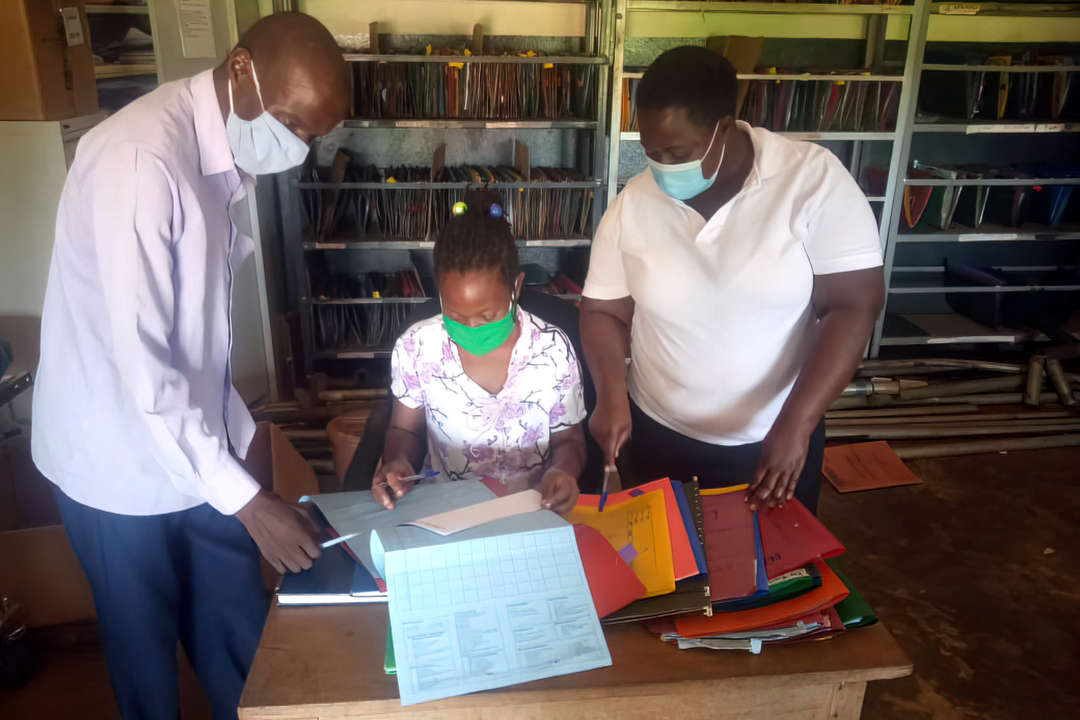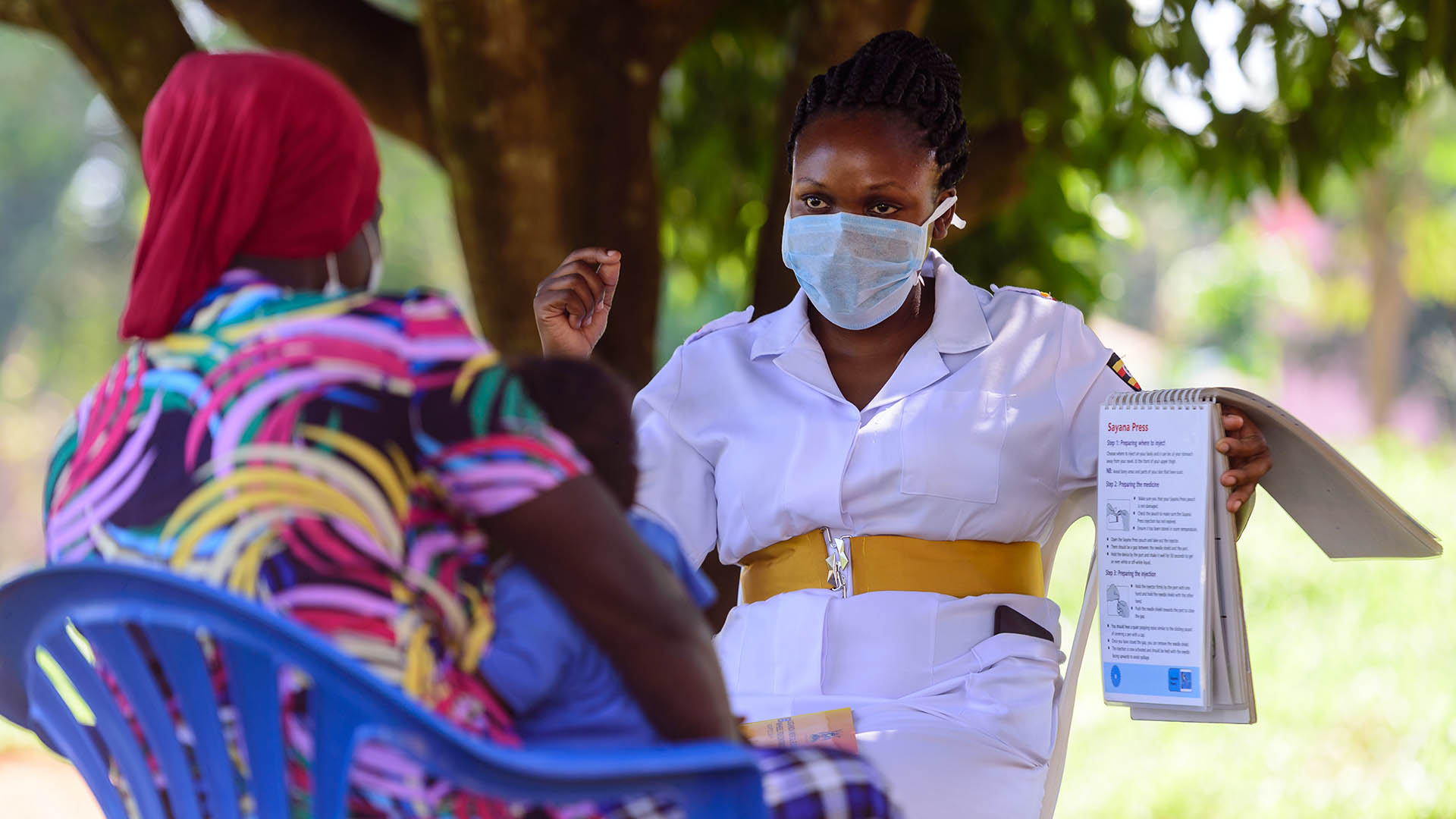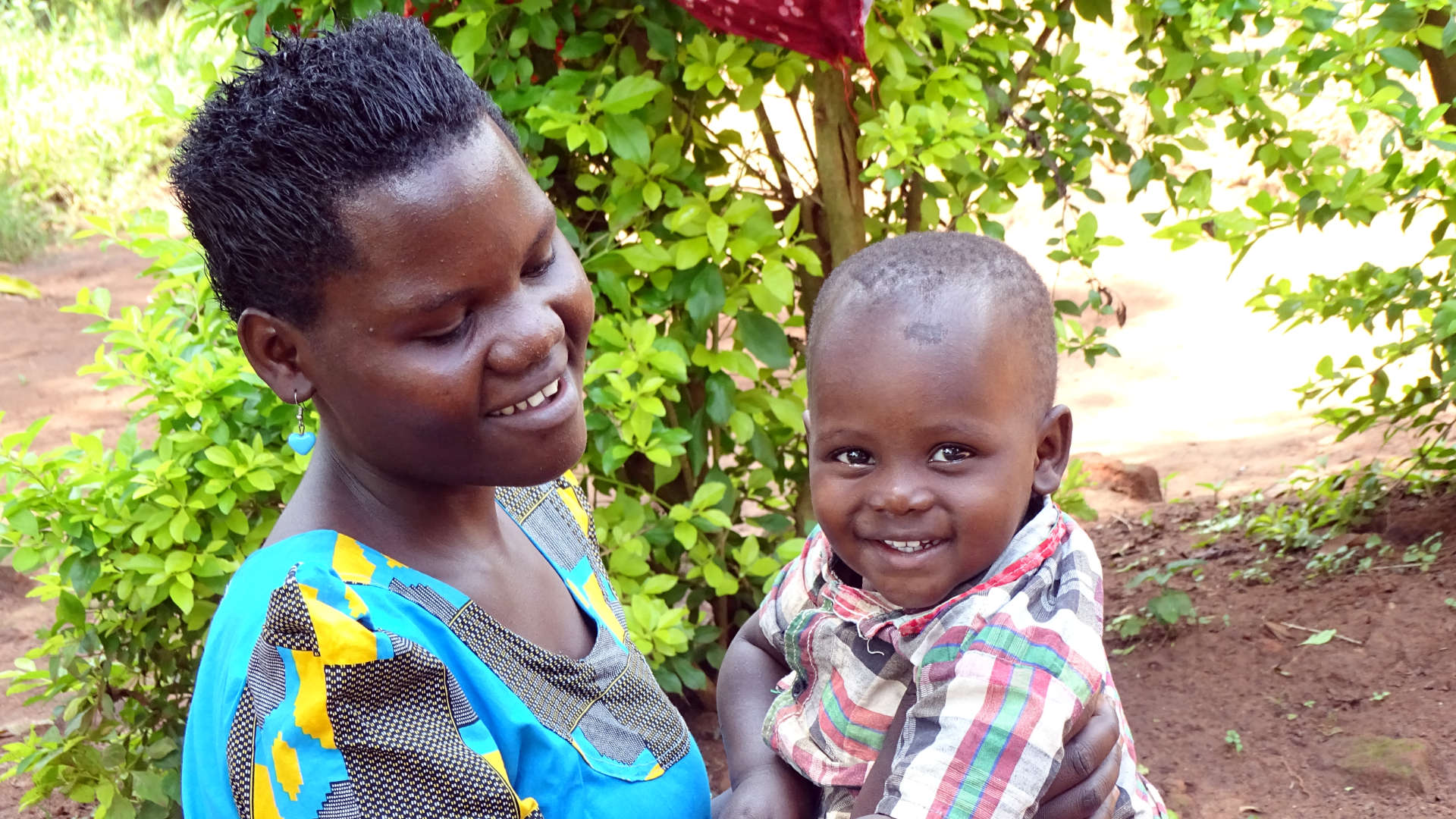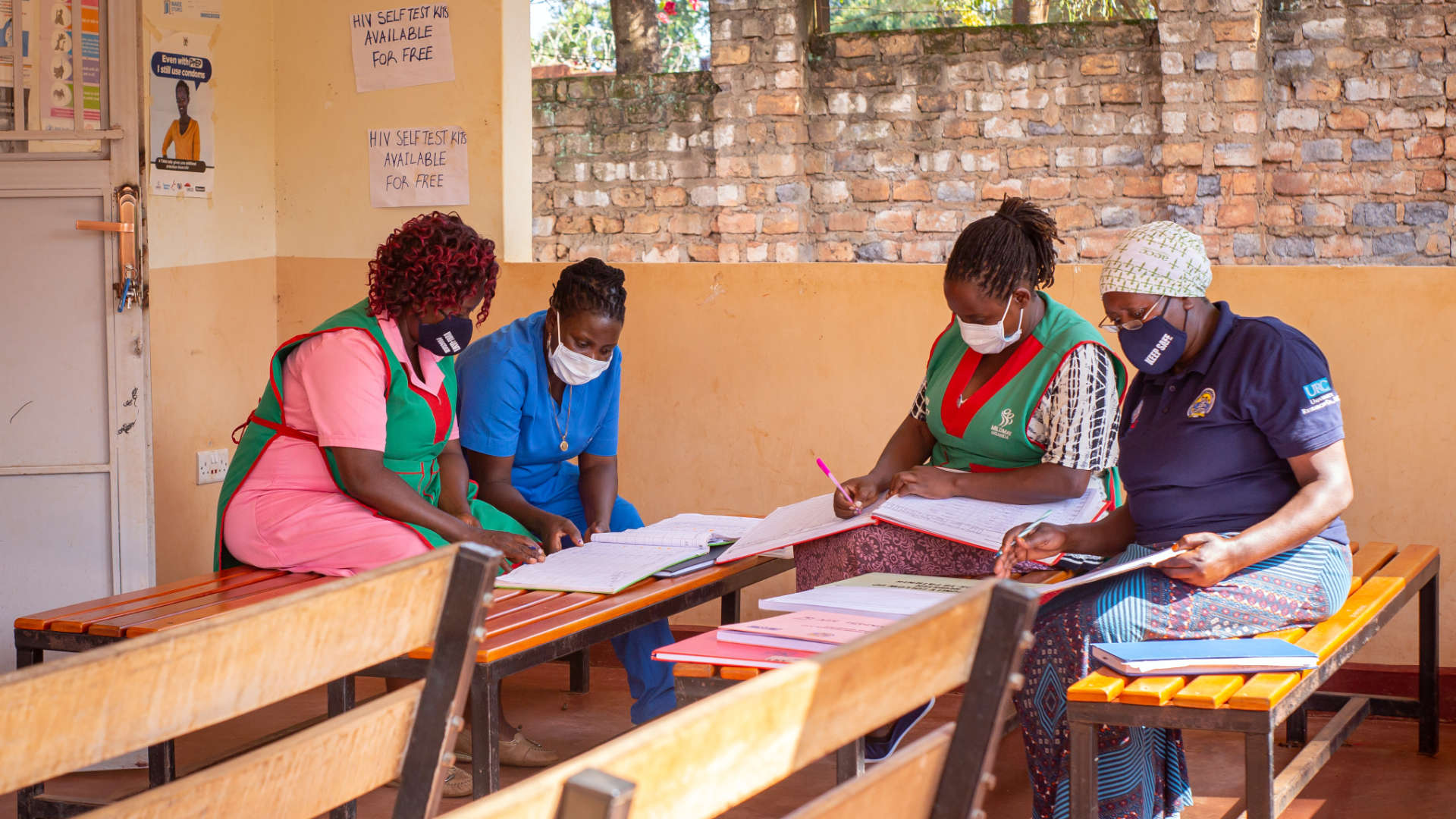Bwaira Moreen, a clinical officer, began working at Kiyunga Health Center IV’s HIV treatment clinic in June 2020. One of her first tasks upon joining the health facility was to review all children and adolescent files to ensure they had viral load test results within the last six months and that they regularly visited the clinic for drug refills and clinical assessments.
Taking regular viral load tests and clinical assessments helps ensure that children are taking an appropriate antiretroviral treatment (ART) regimen at the correct dose for weight and age – with minimal side effects – that is still potent enough to keep the HIV virus suppressed. The 2020 Ugandan Ministry of Health HIV Care and Treatment Guidelines recommend optimizing pediatric and adolescent treatment by switching old regimens to safer and well-tolerated regimens to ensure HIV treatment success – meaning, one who is virally suppressed with no opportunistic infections.
Historically, viral suppression among children and adolescents on HIV treatment is lower than that of adults, partly because of their dependence on adult caregivers to access health information and services. During visits, counselors provide support and education to clients and caregivers to explain new antiretroviral medication regimens and encourage treatment adherence for clients switching to a different line regimen.
‘Life is so Much Better’
One of the adolescents living with HIV reviewed by Moreen was 15-year-old Kiirya, who had a high viral load. Following a timely clinical review, Kiirya had his medication changed from three pills a day (AZT-3TC-Neverapine) to just a single pill (TLD).
“Life is so much better because I no longer experience drug side effects,” Kiirya said. “I am happy because I now take only one pill a day.” His last HIV viral load was undetectable after the change in medication.
The USAID Regional Health Integration to Enhance Services in East Central Uganda Activity (RHITES-EC) supports Kiyunga Health Center IV in Luuka District and 133 other health facilities in the East Central region to improve quality and availability of HIV care and treatment. The support includes increasing access to ART optimization for all children and adolescents by training health workers such as Moreen who treat people living with HIV according to the most up-to-date Ministry of Health guidelines. The activity also ensures the health centers have adequate stock of appropriate antiretroviral drugs to fulfill the new prescriptions.
“Following our training on the revised Ministry of Health HIV treatment guidelines, we received both hard and digital copies of the guidelines from RHITES-EC that we can quickly refer to,” Moreen said. This comprehensive training also covered documenting, forecasting, and making appropriate orders for the newly optimized regimens. The facility was struggling with stockouts of dolutegravir, an antiretroviral drug recommended for optimizing children, adolescents, and adults under the revised Uganda Ministry of Health HIV guidelines. This was resolved through training in ARV forecasting and stock ordering.
More Children Receiving Effective HIV Treatment
The combination of training and other onsite mentorship support, the active participation of the Ministry of Health pediatric and adolescent HIV quality improvement collaborative, and the diligent efforts of health workers such as Moreen contributed to a significant increase of children optimized to a recommended regimen at Kiyunga Health Center IV, from 60% in August 2020 to 100% by March 2021.
RHITES-EC implemented these same interventions at 107 health care facilities in East Central Uganda by the end of March 2021, with 98% of the 4,036 children and adolescents 0-19 years on first-line HIV treatment optimized to appropriate and efficacious antiretroviral regimens.
As a result of this optimization and other efforts, HIV viral load suppression for children and adolescents 0-19 years in East Central Uganda has improved significantly – from 64.9% between April 2019 and March 2020 to 75.5% between April 2020 and March 2021.



